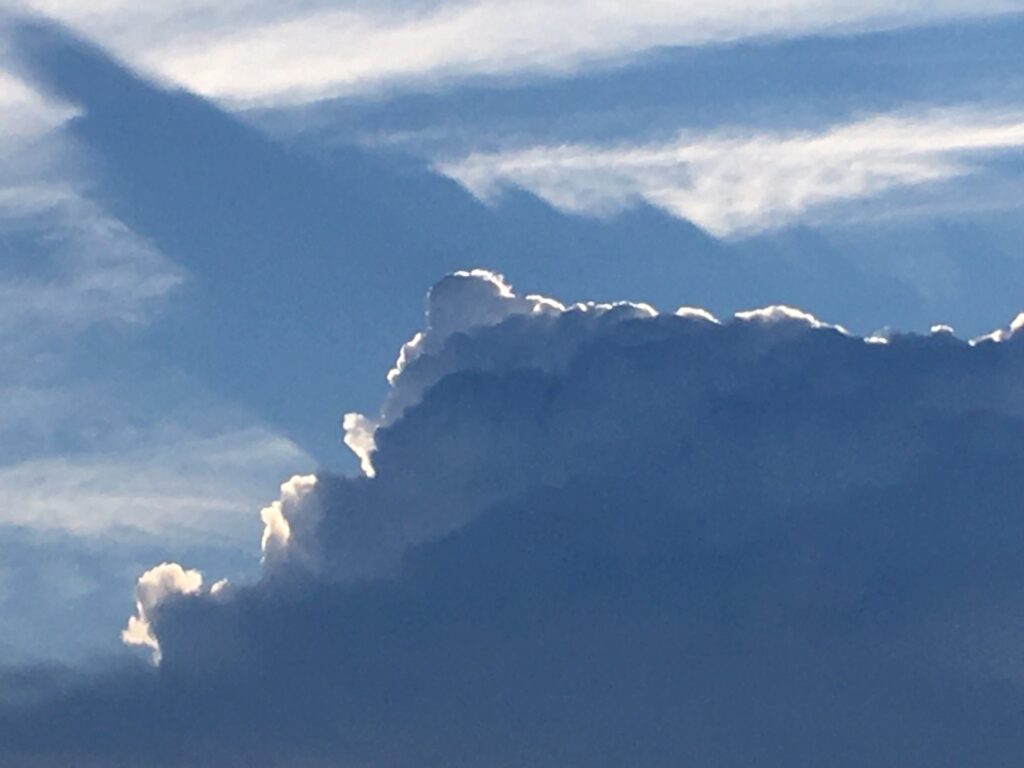
In these days of isolation, I fell in love with driving. All over again. I have nowhere to go, no people that I can see, and yet the call of the seat and the wheel and the road has been loud and compelling—impossible to ignore.
Even in the earliest days of late winter into early spring, I found myself leaving the house at dawn, eager to see something beyond my window and how the light leaked around corners and through shadowed buildings and trees. I explored back streets and roads I’d never even noticed, watched morning sun creep into the day while I leaned casually against my car on the edge of a fallow field—the sound of hungry cows muffled inside a solitary barn.

Sometimes I would wave to a stray farmer heading out for chores. I have no idea what he thought (they were always “he”s) of this unknown middle-aged woman leaning and looking and waving at predawn. The world had gone loopy, and so probably this was just another flip or flop to him. I’m sure I didn’t look dangerous, and definitely not in trouble.
I never had a destination then. I let myself get lost and then found—seemingly all the time in the world to challenge my directionally deficient brain. I am the woman whose blind-from-birth life partner (now gone, another aloneness for another story) would tell her she had made a wrong turn coming out of a restaurant.
You might not think I would be such a lover of cars and driving, the speed and the shifting angles, and the lolling along back roads, explorations of space and place, mindless under clouds and light-saturated skies.
In the early Covid days, I would often pull off to the side of I-95, idle the sound of the car, and walk into the middle of the highway, lean back with my phone camera and follow the evolving sky. Shot after shot after shot. No one came. Almost everyone was home. I probably could have set up a speaker and danced on the pavement some mornings—a huge dance floor under a bowl of sky.
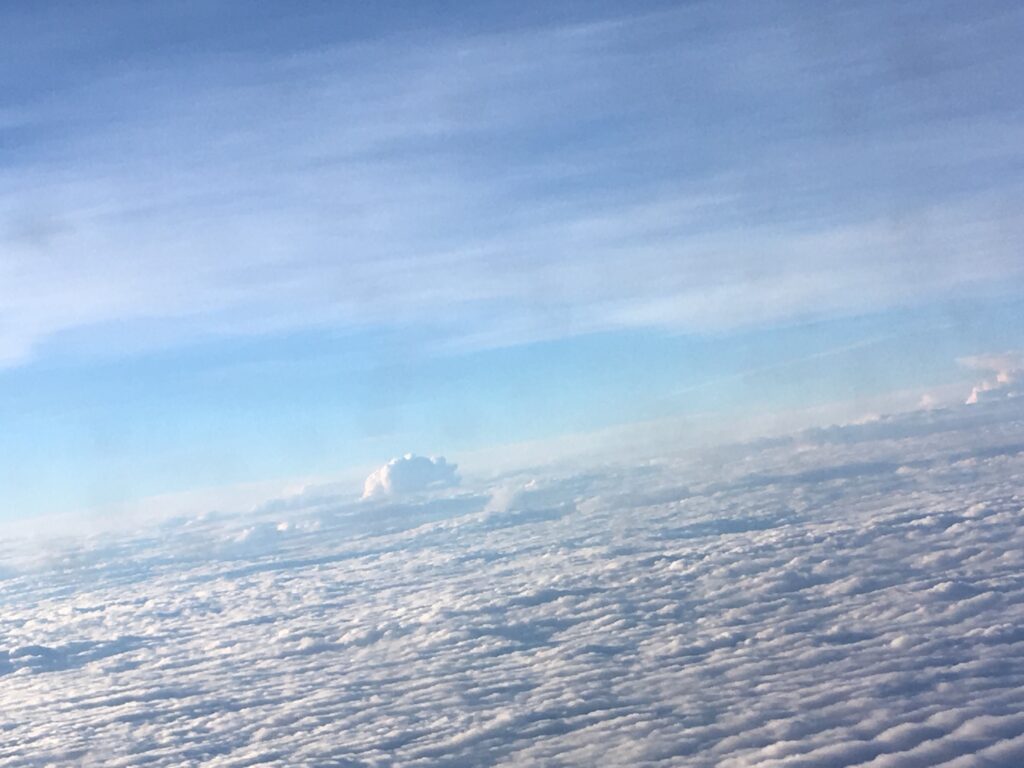
The unlikeliness of driving lust is rooted not just in the lack of an internal compass—although that should be enough. I come from a family of non-drivers. Well, my dad would be horrified to hear me say that. He had a license. He had a car. He drove. But the truth is he shouldn’t have any of it. Over his decades of driving, he didn’t master backing up and refused to signal (even when there were just hand signals in the car-driver toolkit) because he said that any driver should be able to read his intention by the angle of the car. And yet, I’m pretty sure he never had an accident. For many years, my mom thought about planning to get things ready to learn to drive, but then…
If I have a driving destination in these times, it revolves around art. Gallery, museum, materials (in a store or along abandoned railroad tracks). I drive to the location, mask up, exit the car, revel in the goods, get back in the car, and drive directly home.
A few days ago, I drove to Portland. I had planned on going the day before but our first real snowfall altered that plan. A small viewing window remained for Pamela Moulton’s Light in the Forest at Speedwell Projects. There was much on the to-do list of life and so initially I took that to mean it was best if I skipped the trip—really, half the day driving for maybe a half-hour or so of viewing. The gallery was restricting the numbers and so hanging out too long might counter my inclination to accommodate the needs of others.
Once the day cracked open, I knew that I had to go. I threw on my green coat—an amazing piece from a secondhand store with fabulous lines, boiled wool. The review I had read suggested one wear forest colors, and I had never worn this coat. Green isn’t even my color but I pulled out seven green scarves (go figure, I had seven green scarves) until I found the right combo, and off I went.
Here I can “do” nothing but drive. The rest is all being (float, think, imagine). People forget how valuable “being” is, its importance—how we become consumed with getting things done, acquiring, taking care of stuff, commitments, deadlines, work.
I drive right to the gallery, park, cross the street, and enter another world. Saturated in color, flashing lights swirling around. I wander and look—floor to ceiling, consumed in the walls, the wonder.

It’s clear to me that Pamela Moulton is building a bridge to joy—something pretty challenging to find these days and weeks and months. I’m sure she wouldn’t describe it that way. But that’s what bubbles up the minute I enter the space, a laugh building under my mask, and a need to twirl and move, touch. Did I say you can do that?—touch and take, transfer an element from one place to another. Remake.
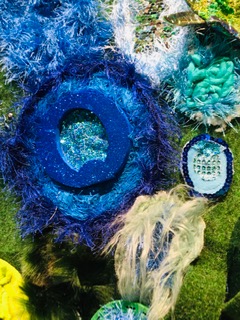
A lot of Velcro in the mix. And places to suspend and hang stuff. I couldn’t know how important it would be to have the joy model so brilliantly placed in front of my face, multi-multi-multiplied, the image of unimagined ways to shift and repair, make new anew, reach out, see, hear.
This is a residency (life is a residency) and so every minute the gallery is open, Moulton (or should I call her Pamela?) is continuing to make and build, explore and expand, and anyone who walks in can do the same. Hey, look, here are tables loaded with fabric and yarns! glue and thread! undefined gizmos! whatsits from somethings! new ways to look and move and work and see!
I am staring at a patch of wall.
“You can wear that,” she says and takes down a bright, patchwork, bulbous collar, plunks it over my head. It rests on my shoulders. I shimmy and laugh, skip along the floor.
“You can wear it anytime,” she adds.
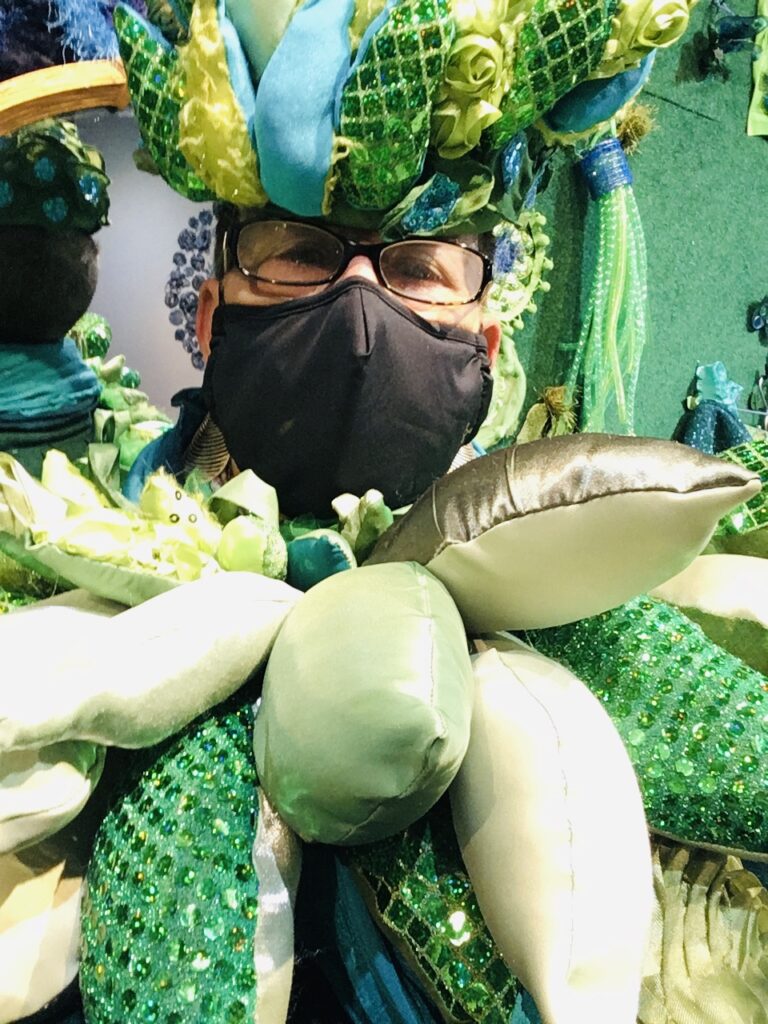
I have no urge to make or add. A seven- or eight-year-old is doing a fine job of that with her mother. I’m barely even touching—content with the visual feast.
Suddenly I realize a young couple, waiting patiently outside, has been joined by an older man with a large beard, a neon-orange hunting cap. Well, not joined. They are not together—just all waiting (together, six feet apart) until some of us leave so they can enter.
“I’ll let you know if I need that collar again,” I say to its maker as I leave.
“You do that,” she calls.
I cross the street, get in the car, and head home, dusk sifting into highway darkness.
E.L. Doctorow says: “Writing a novel (living a life, I say too) is like driving a car at night. You can see only as far as your headlights, but you can make the whole trip that way.”
Days later I would need that infusion of joy and light: to celebrate Georgia’s election of two senators, one Black and one Jewish (the fact that I have to describe them in this way says it all, so much to “do,” so much further to go) and to witness (I saw it coming in just that way although my world kept telling me I was wrong, the half-full-bucket girl shifted into her half-empty version) the cracks of our country so visible that no one can deny the work we must do. Necessary work. Necessary doing.
We can make the whole trip with whatever light we have. And we will.
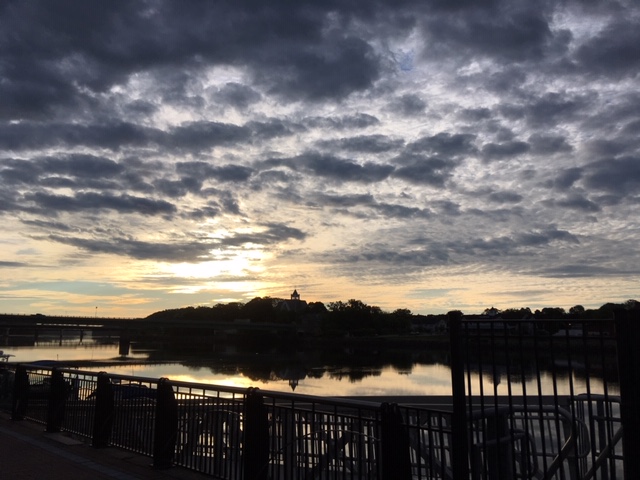
Discover more from Annaliese Jakimides
Subscribe to get the latest posts sent to your email.